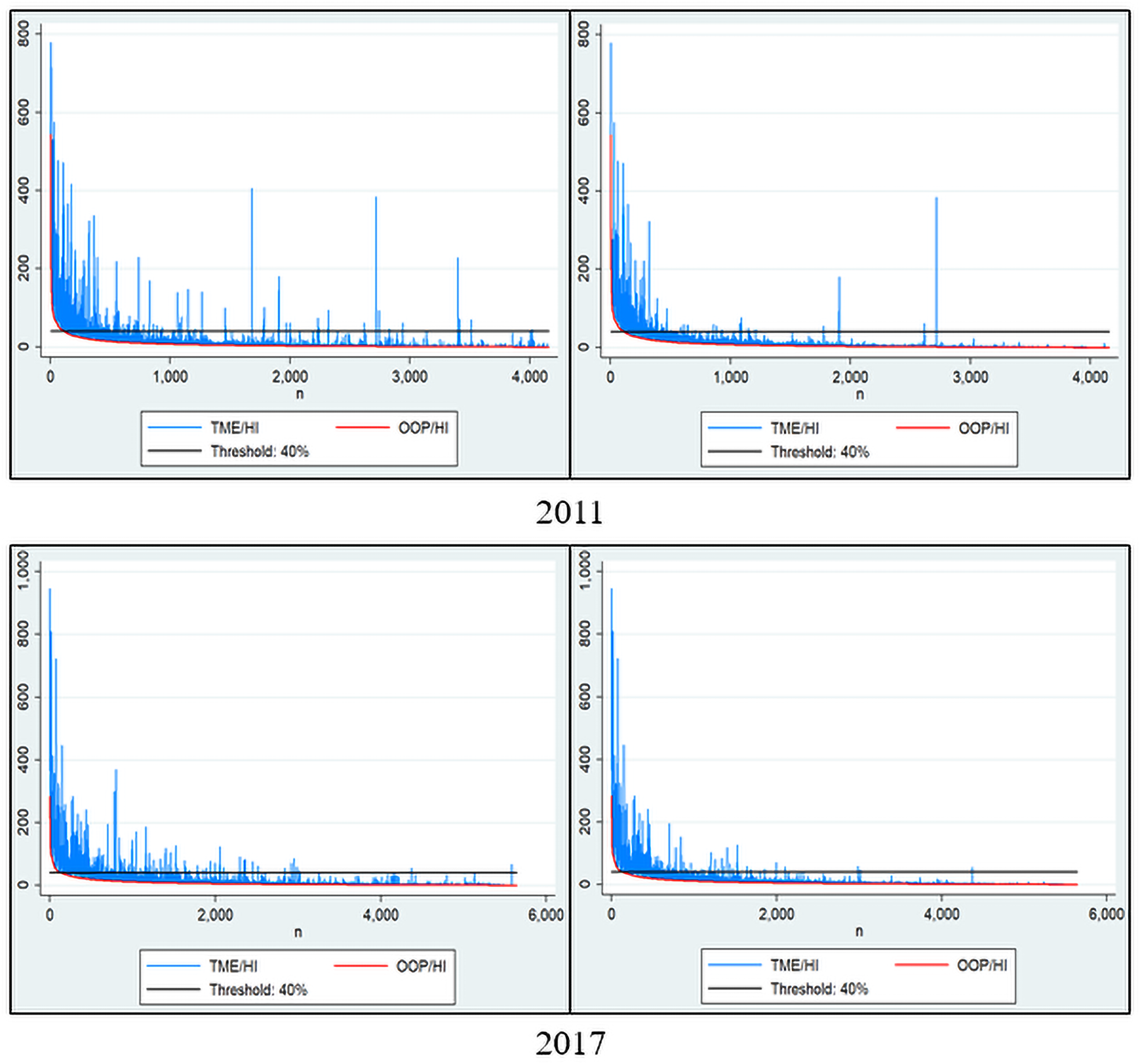
Understanding the workings of pet insurance is key before you commit to buying it. The basic concept is that you pay a deductible. These deductibles can be annual or per-condition and must always be met. Some companies however have a "per–condition" deductible. This means that every time your pet develops new conditions, you will need to pay an additional deductible.
Pet insurance doesn't cover pre-existing conditions
Pet insurance might not cover certain medical conditions such as cancer. These conditions may not be curable. The chances are that your pet will require continued medical attention after it has been diagnosed with this condition. Although pet insurance does not cover these illnesses, payment assistance may be available to help pay for treatment.
Some plans provide coverage for pre-existing conditions. These plans do not cover any future conditions. For the best coverage, it is important to shop around. It is also a good idea to get pet insurance as soon possible, before your pet develops any health problems.

Annual deductibles
When looking for pet insurance, it is important to understand the deductible amounts. These amounts may vary from company-to-company, so it is important to understand the correct deductible amount for your individual situation. Annual deductibles range from $50 up to $1,000. Some companies permit you to choose a zerodeductible option. You will only have to pay the premium each month.
An annual deductible is a set amount you have to pay each year before receiving reimbursement for your pet's medical bills. You would pay $500 to cover your pet's deductible. Your insurance company will reimburse the difference. This may seem like a lot, but it's important to remember that annual deductibles are usually cheaper than per-incident ones.
Reimbursement rates
When you purchase pet insurance, you need to know how the reimbursement rates work. These rates depend on the percentage of vet bills you have paid. There are two main methods for calculating reimbursements. One uses a pre-deductible method while the other uses a post-deductible method.
Most pet insurance policies do not cover the full cost of veterinary bills. The cost of the pet's medical treatment is your responsibility, and your coverage is based on the reimbursement rate. Depending on what plan you choose, you could be responsible up to 10%-30% of the bill. It's possible that you could be liable for thousands of dollars in bills without a pet insurance policy.

Coverage limits
It is crucial to be aware of the exclusions or limits on certain types and types of pet insurance when you shop for it. Many policies have an annual maximum coverage limit. Your pet won't receive any further benefits until that year. However, there are some companies that offer unlimited plans which have no annual limit.
A pet's age and personality can also affect the maximum amount of coverage needed. An older pet, or one that is more active, may be more at risk for accidents than a less active, or more senior pet. Also, pets older than 10 years may be more at risk for cognitive decline and cataracts. You should also consider your pet's breed as certain breeds are more susceptible to certain diseases.